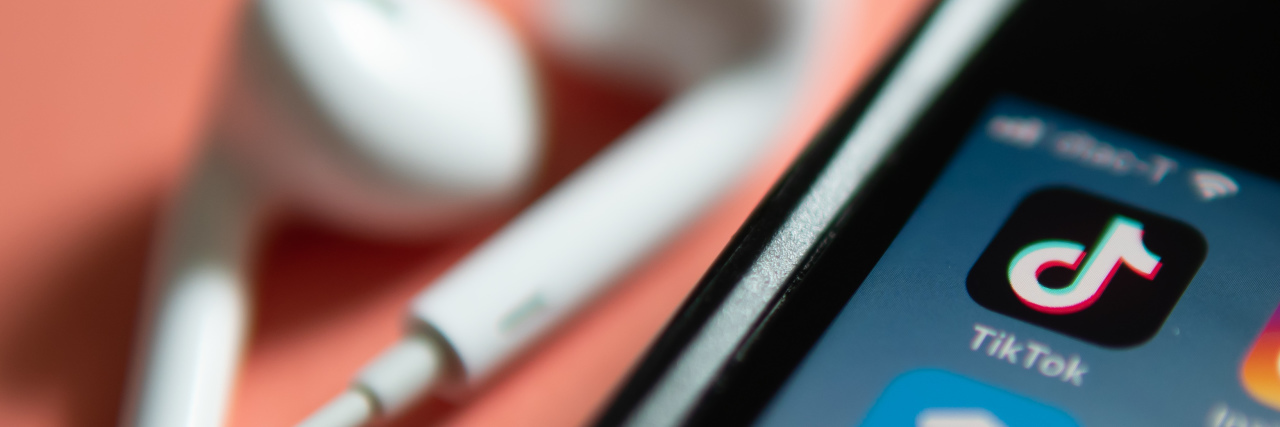I’ve been a therapist for 16 years and on TikTok for six months … for entertainment and research purposes, of course. Lately though, the two worlds have been colliding. My colleagues and I have been discussing a trend we have all started to experience. More and more clients, primarily teenagers, are coming in and reporting that they have (depression, bipolar, anxiety, ADHD, personality disorders) based on a TikTok that reviewed symptoms of the disorder, or someone who shared their “day in the life” story.
Let me first say that I am completely in favor of normalizing mental health issues, and social media is a great, large platform for doing so. That said, as with lots of information you find online, it can be hard to tell the difference between a professional’s perspective and an opinion piece by an individual.
There are a few challenges with this means of self-diagnosing. The first and most significant is that teens from the age of 13 to 19 often face developmental changes that mirror mental health issues. After a breakup, or bombing an exam, an individual may feel down/blue/depressed. When worried about giving a speech to classmates someone may report feeling worried/anxious. If you look over the criteria for the most common diagnoses – anxiety and depression – all of us would most certainly be able to identify with times we feel that way or experienced the symptoms. However, in order for something to be a clinical diagnosis it must meet a certain number of the criteria for six months or more. It also matters whether symptoms are limited to feelings or spill over into one’s ability to function. This is not to say that teenagers cannot have clinical depression or an anxiety disorder, it is just more nuanced than having an experience similar to someone who pops up on their FYP. When it comes to personality disorders, rule of thumb is that we don’t typically diagnose before the age of 18 and most often not until someone is in their 20s.
The TikTok trend reminds me of graduate school when clinicians are studying the Diagnostic Statistical Manual (DSM) and most professors begin the semester by saying “as we move through this manual be careful not to diagnose all your friends and family with a disorder.” We all chuckle, but as we get into studying the diagnoses cover to cover you can see how each scenario could remind you of someone you know.
So where does this land us? As a parent of two teens myself, I understand that social media is a daily norm and way to connect and stay relevant for this generation. I encourage all parents and caregivers to talk with their kids about discerning what is fun and what is factual. If a TikTok leads to someone starting a conversation about how they are feeling and struggles they are experiencing, I am all for that. I am in favor of therapy for all so that every person can have a supportive, equipped, neutral third party to process the challenges of life with.
Photo credit: Getty Images

